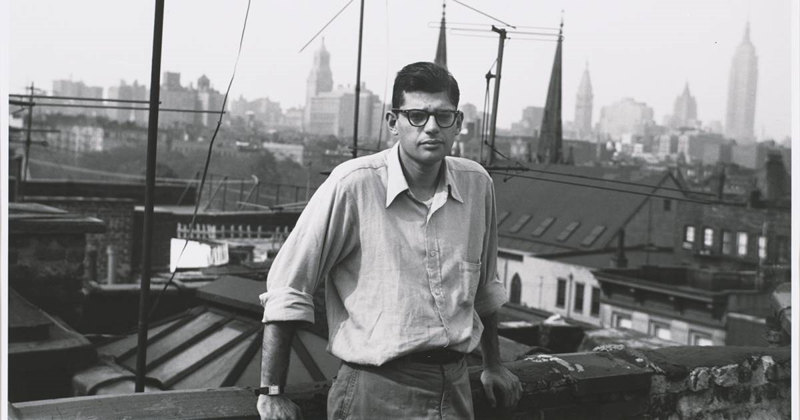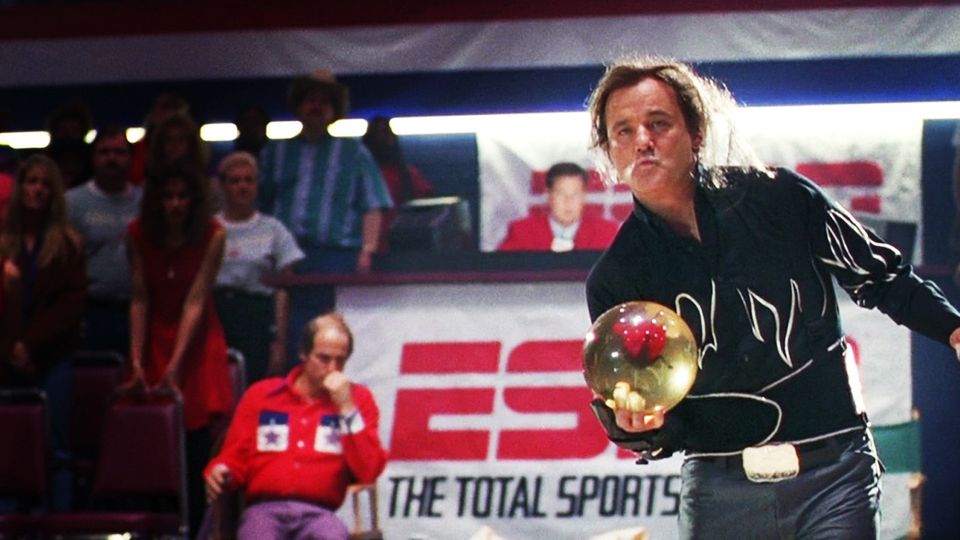Creature features were one of the more offbeat and just plain fun by-products of the nuclear age, when just about any living thing could grow large enough to ravage cinematic cities and we’d believe it, because of our fears of radiation. Those mutated monsters were representations of our worst nightmare: the very real threat of nuclear holocaust and the end of the world as we know it. Yet those creatures gave us comfort. They provided people with an outlet for their fears, with monsters and special effects so hokey that even Armageddon-like end battles seemed not so terrifying.
Until “Jaws,” all the post-“King Kong” creature features were strictly B-movies, thriving in that atomic-age petri dish—like “Tarantula,” that 1955 classic featuring a spider the size of a suburb. But with Steven Spielberg’s big fish movie came the first summer blockbuster, elevating the B movie to A status because of star power, greater character development, bigger budget special effects, and more believable dialogue. In other words, if you took out the creature, it would still have some good things going for it. I say that because “Arachnophobia” is cut from the same cloth, and, in fact, is executive-produced by Spielberg.
“Arachnophobia” isn’t just in it for cheap thrills. There’s a story here about a family that relocates from the city to the country, and we get to know and like them. That’s more than ever happened in the typical plot-driven creature feature.
Here, Jeff Daniels is on his game as a San Francisco doctor who comes to a small town on the promise that the only physician (Henry Jones) is going to retire and hand over his practice. When the old doctor changes his mind, that leaves Dr. Jennings and his wife, Molly (Harley Jane Kozak), wondering what they’ll do. They’ve already bought an old farmhouse in the area, and she quit her lucrative PR job. One neighbor (Mary Carver) takes a shine to them and has no love lost for the country doctor everyone reveres, so she hosts a get-to-know-you party for the new physician. But no amount of socializing can compensate for the fact that the few patients the new doctor attracts coincidentally turn up dead, and he’s nicknamed Dr. Death. This, by the way, was before Dr. Jack Kevorkian claimed the title.
What makes this creature feature work as well as it does is director Frank Marshall’s insistence on character development. It also doesn’t hurt that he has a good sense of how to use the “false alarms” that are so essential to horror-thrillers. Such moments too often seem bogus within the genre, but in “Arachnophobia” they’re somehow more believable. Perhaps that’s because the characters are more believable, or that Marshall steers clear of tension that’s falsely created by ominous music or loud sound effects. The tense moments in “Arachnophobia” come more organically. Maybe that’s why “Arachnophobia” won Best Horror Film and Best Actor for Daniels (who plays the arachnophobe) at the 1991 Saturn Awards.
In the tradition of those ‘50s creature features, “Arachnophobia” does have mutant spiders, but they’re more within the realm of possibility. The film begins with a prologue in which a renowned spider expert takes a photographer and crew deep into an isolated canyon in Venezuela, where he hopes to find new species. He does, but like those pesky tarantulas what hop into food crates, one of the new überspiders—more aggressive, more toxic, and able to leap tall buildings—hitches a ride back to California. And of course the spider finds a mate, and soon the spiders are as thick (and menacing) as Hitchcock’s birds. The story follows the family’s attempts to settle in and Dr. Jennings’ investigation of the string of mysterious deaths that happen, with comic relief provided by the sheriff (Stuart Pankin), who’s a close relative of Mayberry’s Barney Fife, and the local exterminator, played with over-the-top relish by John Goodman.
It’s all great fun.
“Arachnophobia” is rated PG-13 for a few ghoulish shots and some deaths.
Video:
For a 1990 title “Arachnophobia” looks excellent on Blu-ray, transferred to a 50GB disc via an impeccable AVC/MPEG-4 encode and presented in the original aspect ratio of 1.85:1. Some videophiles will grouse that detail is lost in some of the dark scenes, but the edges still seem to hold, and there’s no noise to speak of. Colors and skin tones are natural looking, and the black levels seem fine. That wasn’t the case in an earlier mastering, which Disney withdrew before it went public. This newly remastered version looks superb, with even more detail than in the first release—which itself was a huge improvement over the DVD.
Audio:
The featured audio is an English DTS-HD MA 5.1 that feels appropriately full-bodied during tense moments, with just enough bass to drive home the point and a nice clarity throughout. There’s no rumble, though, and no REE REE REE moments where the filmmakers rely on cheap effects like sudden volume increases to create tension. So it’s not as impressive as newer films in the genre that have no shame about resorting to such trickery.
There’s a Spanish Dolby Digital 2.0 option, along with subtitles in English SDH, French, and Spanish.
Extras:
Only three short features are included: a Venezuela sequence, a short spotlight on director Frank Marshall, and a brief look behind-the-scenes. A teaser, really, but I suppose fans will think these better than nothing. And I’m not counting the trailer, which is also included.
Bottom line:
“Arachnophobia” is a notch or two above the typical creature horror movie, with solid special effects and a decent story that isn’t just one “Boo!” after the other. But just as “Jaws” made many people wary of the ocean, this film may create a few arachnophobes. You also have to hand it to Disney for delaying the release date so that they could put out the very best product possible.


